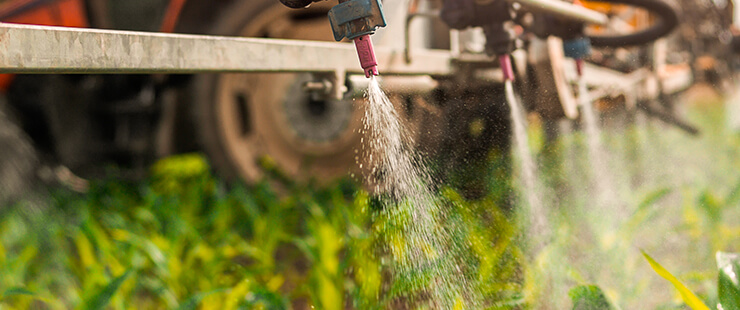Get unique, complex parts easily. No matter your requirements, Chaoyi Spring creates hard-to-produce coil springs and wire forms.
Let us help you create the custom wire form you need, from S-hooks and J-hooks to utility hooks and more.
We work closely with customers across a wide range of industries, helping them design and manufacture made-to-order parts.
Why choose Chaoyi Spring? We prioritize customer-focused collaboration, modern equipment and the latest technology to make your parts per print.
Find the information and guidance you need, from measuring a spring to learning about materials, placing an order and much more.
Tension springs and torsion springs are two fundamental types of springs used in various mechanical systems. While both springs utilize the elasticity of materials to store and release energy, their


Tension springs and torsion springs are two fundamental types of springs used in various mechanical systems. While both springs utilize the elasticity of materials to store and release energy, their unique designs and functionalities make them suitable for distinct applications. This article delves into the differences between tension springs and torsion springs, exploring their respective characteristics, applications, and advantages. By understanding these differences, engineers and designers can select the appropriate spring type for optimal performance and efficiency in their projects.

Imagine a spring that stretches when you pull on it – that's a tension spring in action. These springs are designed to resist tensile forces, meaning they elongate under an applied load. Think of the spring in a retractable pen or the spring holding a door closed. Tension springs store energy as they are stretched and release that energy when the force is removed, allowing the spring to return to its original length.
Now, envision a spring that twists when you apply a force – that's the essence of a torsion spring. Unlike tension springs, torsion springs operate by resisting twisting or rotational forces. They are designed to store energy as they are twisted and release that energy when the force is removed, causing the spring to unwind to its original position. A classic example is the spring used in a mouse trap, where twisting the spring stores the energy needed to snap the trap closed.
The fundamental difference between tension springs and torsion springs lies in the way they respond to applied forces. Tension springs lengthen under tension, while torsion springs twist under torque. This difference in function stems from their distinct designs:
Both tension springs and torsion springs find widespread applications in various industries. Understanding the unique characteristics of each spring type is crucial for selecting the right one for a specific task:
Each spring type has its own set of advantages and disadvantages, making the selection process critical for optimal performance:
The choice between a tension spring and a torsion spring ultimately depends on the specific application requirements. Understanding their differences, advantages, and limitations enables engineers and designers to select the spring type that best suits the desired functionality, load capacity, and space constraints. By carefully considering these factors, the right spring can be chosen for a successful and efficient design.
In conclusion, tension springs and torsion springs represent fundamental elements of mechanical systems, each offering distinct capabilities and limitations. Understanding the differences between these springs empowers designers to make informed choices for their projects, ensuring optimal performance and efficiency. By carefully considering factors such as load capacity, space requirements, and the desired movement, the right spring can be selected to achieve the desired functionality.
Browse some of the custom wire forms and springs that we manufacture. Don’t see what you need? We specialize in made-to-order products that meet your application requirements.
Visit Our GalleryNeed a custom wire form or coil spring? We make it work. Fill out the contact form and a representative will respond within 1 business day. If you have a PDF or CAD file, you can submit to request a quote.